Death March
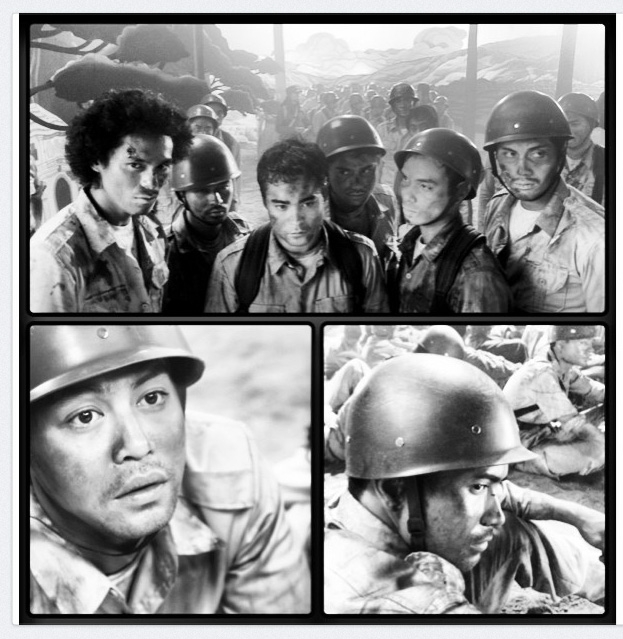
Brillante Mendoza’s monopoly of Filipino cinema is over – audiences have a new talent to watch out for. Young director Adolfo Alix Jr’s work of cinematographic genius Death March premiered in the Un Certain Regard section of the festival last night.
The feature tells the story of the forced march of 76,000 American and Filipino prisoners of war by the victorious Japanese Army after the Battle of Bataan in 1942. Shot in black and white on artificial sets recalling a theatrical stage, the movie is a courageous experiment as it invites the audience to experience something really new. Usually, war movies are replete with special effects, infinite space and numerous extras. Here, light, slow motion and soundtrack create the atmosphere perfectly, and it’s refreshing.
Ghosts and angels live together among the living, while dreams become the only hope of escape. Evolving amid painted sets, screaming and crying as they are forced into the unknown, characters seem like children who played at war and lost. This unrealistic choice gives weight to the director’s point of view about this moment of hell-on-earth. The cast is moving in so many ways – to the point that at times the empathy feels a little forced.
The final result is enjoyable, but overlong due to the increasingly tedious contemplative and repetitive sequences. False ending after false ending, the viewer may lose interest entirely by the last minutes, despite the director’s use of contrasting real locations for the final shots. Death March is a varied sequence of paintings that bore, ravish or surprise by turns.
Liloïe Cazorla
Read more reviews from Cannes Film Festival here.
For further information about the festival visit the official website here.
Watch the trailer for Death March here :

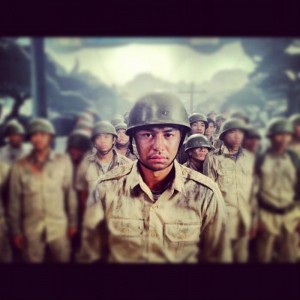
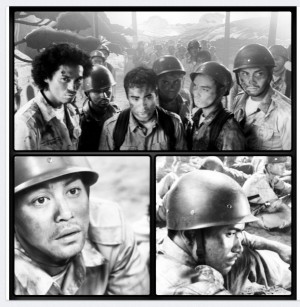

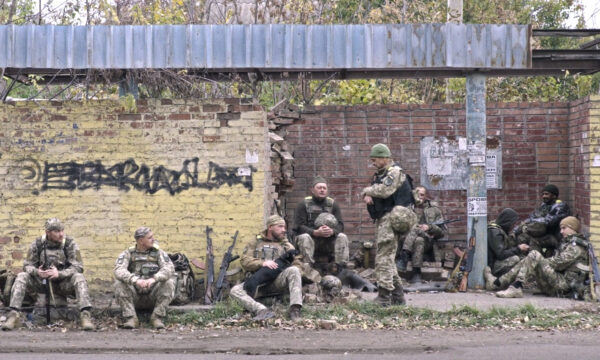

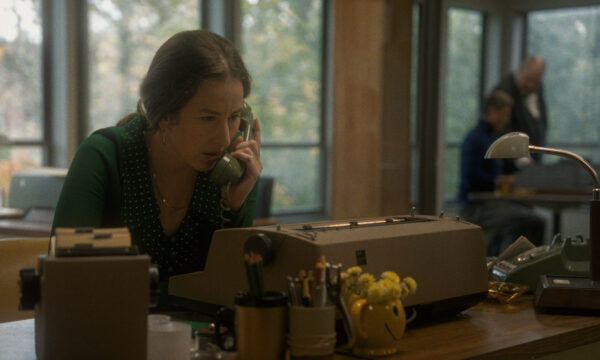


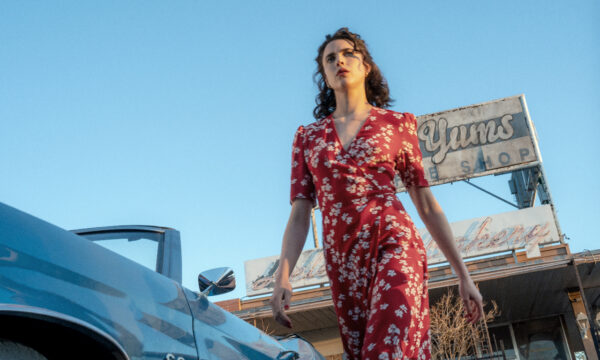
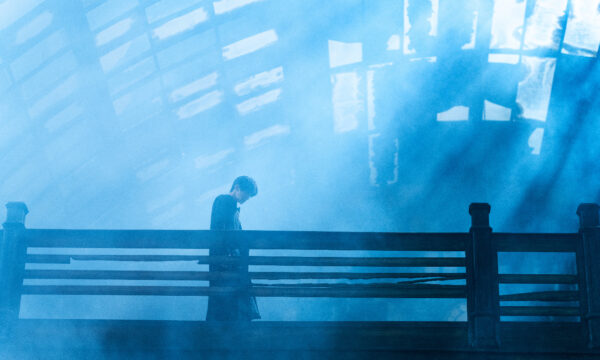
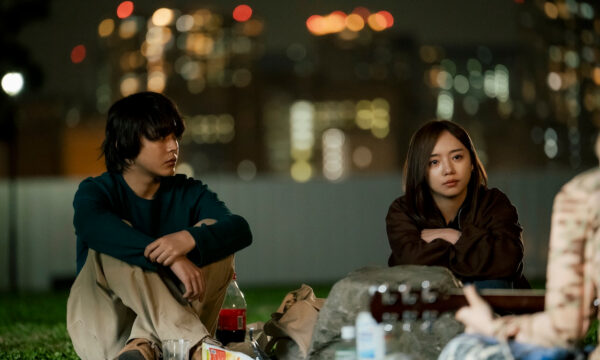




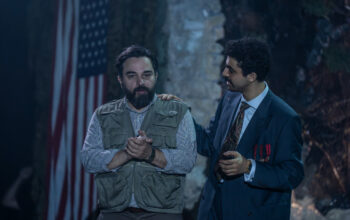










Facebook
Twitter
Instagram
YouTube
RSS